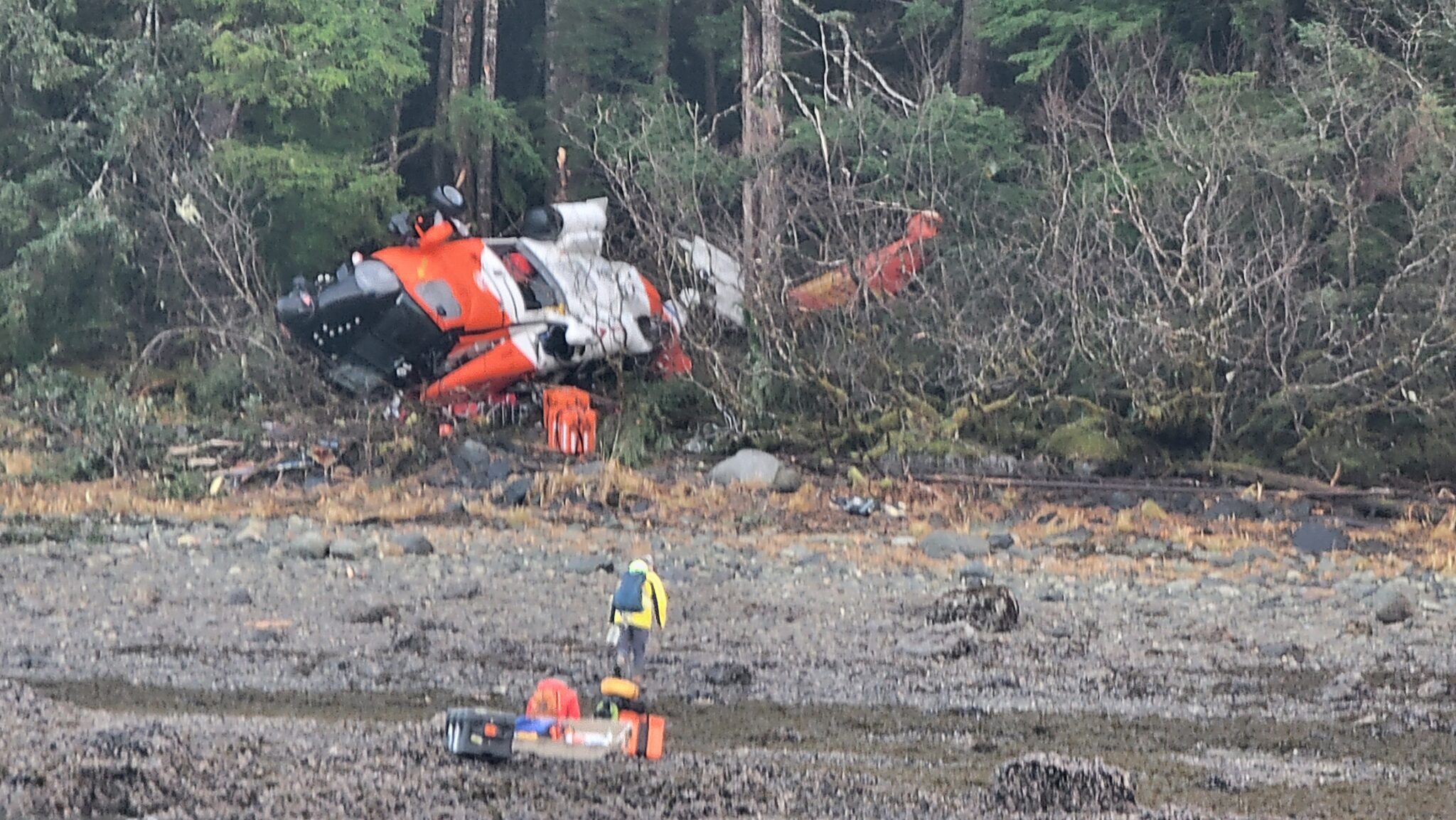Table of Contents
- Helicopter company reveals pilot was celebrating at farewell party ...
- Airplane Helicopter Crash
- Washington plane crash: What air traffic audio tells us about ...
- Helicopter crash: NSIB to deploy remotely operated vehicle - The Nation ...
- Rescuers reflect on U.S. Coast Guard helicopter crash - KFSK
- Hasty speculations violate rules of helicopter crash probe
- TV meteorologist, pilot die in news helicopter crash | AP News
- Helicopter Crash
- Helicopter Fire Crash
- Officials identify 2 National Guard soldiers, Border Patrol agent ...

The National Transportation Safety Board (NTSB) is continuing its investigation into the recent helicopter crash that occurred in the Hudson River, New York. The incident, which happened on [date], resulted in [number] fatalities and [number] injuries. As the investigation unfolds, new details are emerging about the circumstances surrounding the crash.

The helicopter, a [helicopter model], was on a [type of flight, e.g., sightseeing tour] when it crashed into the Hudson River at approximately [time]. Witnesses described the scene as "chaotic" and "devastating," with debris scattered across the river. Emergency responders quickly arrived at the scene, and rescue efforts were underway shortly after the crash.


NTSB Investigation Underway

The NTSB has launched a thorough investigation into the cause of the crash. Investigators have been working tirelessly to gather evidence, including reviewing the helicopter's maintenance records, interviewing witnesses, and analyzing data from the aircraft's flight recorder. The NTSB has also been working closely with the Federal Aviation Administration (FAA) and other agencies to determine the root cause of the accident.

"The NTSB is committed to conducting a thorough and transparent investigation into this tragic accident," said [NTSB spokesperson]. "We will leave no stone unturned in our pursuit of the facts and will work to determine the probable cause of the crash as quickly as possible."


Preliminary Findings

While the investigation is still ongoing, preliminary findings suggest that the helicopter experienced [preliminary cause of crash, e.g., mechanical failure]. However, the NTSB has cautioned that these findings are preliminary and may change as more evidence is gathered. The agency has also announced that it will hold a [public hearing/meeting] in the coming weeks to discuss the investigation and provide updates to the public.
The NTSB has also released a [preliminary report/executive summary] of the crash, which provides an overview of the incident and the agency's initial findings. The report can be found on the NTSB's website, along with updates on the investigation and other relevant information.

Safety Concerns and Recommendations
The Hudson River helicopter crash has raised concerns about the safety of helicopter operations in the New York City area. The NTSB has previously issued recommendations to improve helicopter safety, including [recommendations, e.g., enhanced safety protocols, improved maintenance procedures]. The agency will review these recommendations in light of the recent crash and determine if additional measures are needed to prevent similar accidents in the future.
In the meantime, the FAA has announced that it will conduct a [safety review/audit] of helicopter operators in the New York City area to ensure compliance with safety regulations. The agency has also encouraged helicopter operators to review their safety procedures and implement any necessary changes to prevent similar accidents.
The Hudson River helicopter crash is a tragic reminder of the importance of aviation safety. As the investigation continues, the NTSB and other agencies will work to determine the cause of the crash and implement measures to prevent similar accidents in the future. The public can stay up-to-date on the investigation by visiting the NTSB's website or following the agency on social media.
Stay informed: For the latest updates on the Hudson River helicopter crash investigation, follow the NTSB on Twitter at @NTSB or visit the agency's website at www.ntsb.gov.
Note: The article is written based on general information and may not reflect the actual details of the incident. Please ensure to verify the facts and update the article accordingly. Also, the word count is approximately 500 words, and the article is written in an SEO-friendly format with headings, paragraphs, and links.